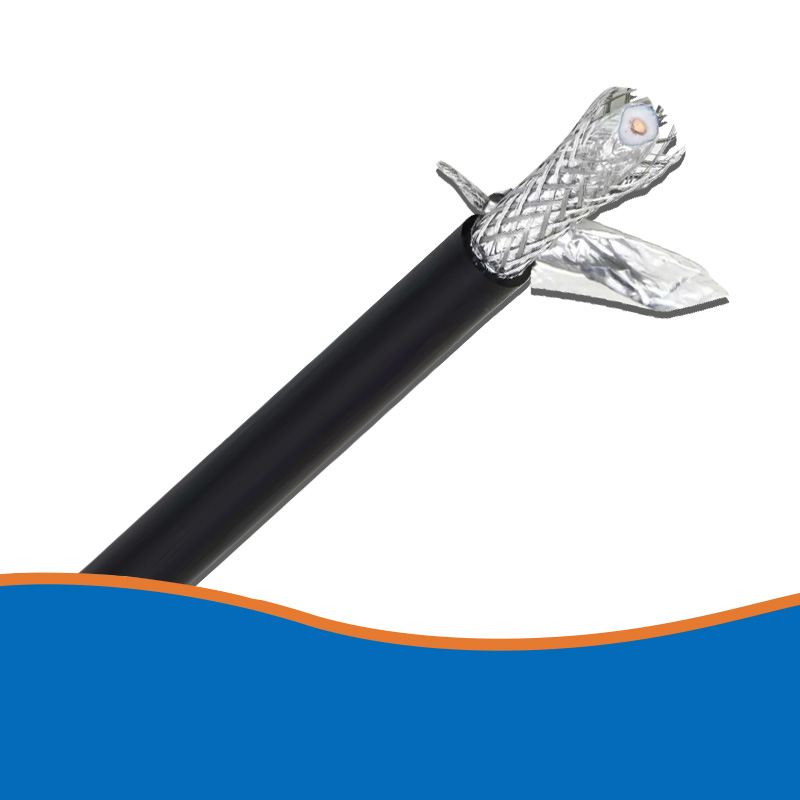1.Unshielded / shielded twisted pair-this is the type o […]
1.Unshielded / shielded twisted pair-this is the type of cable used for many Ethernets. There are four pairs of wires in the cable. There is a very thick plastic partition that can isolate each pair of cables by cables. Each pair of wires is twisted, so there is no interference from other devices on the same network. The wire pairs are also twisted at different intervals, so there is no interference between them. In applications where there is a lot of electromagnetic interference (EMI) (such as mechanical space), you can choose to use shielded twisted pair, which has an external shield to increase EMI protection. Categories 5e, 6, 6A, and 7 are common choices today. The twisted pair cable is limited to 295 'in the horizontal direction. Twisted pair cable is used in many applications. Standard station cables for computers and VOIP phones, wireless access points, network cameras, access control and building maintenance systems are only a few. This is one of the most reliable cable types, and this situation rarely occurs when using network failures compared to using other cables.
2.Fiber optic cables are mainly used as backbone cables, although they are increasingly used as site cables (such as FIOS). Backbone cable means that it connects telecommunication equipment rooms in a space to each other. Fiber optic cables have huge broadband capacity, enabling them to transmit large amounts of information at ultra-fast speeds. Compared with copper cables, optical cables can cover a long distance (hundreds of meters). Because these cables must work very hard and information must travel this distance, there are many protective coatings on fiber optic cables. Fiber optic cables transmit light, not current. Compared with high-speed copper cables, optical cables require much less power. Fiber optic cables are ideal for high-speed and reliable communications.
3.Coaxial cable-Coaxial cable is usually within the scope of the network cable installation contractor. The coaxial cable will be used for the cable TV location in the space you are wiring. The service provider will disconnect the outdoor cable at the point of entry. The contractor will expand the local telecommunications closet in the space (usually RG-11). Single station operation (RG-6 cable) will terminate on the splitter to connect to the service cable. The center of this type of cable has a copper conductor and a plastic coating that acts as an insulator between the conductor and the metal shield. The cable is covered with a coating and the thickness may vary. The thicker the coating, the worse the flexibility. There are several types of terminals for coaxial cables. Compression, crimping and twisting are three types of termination. The best method is compression, as long as it is performed correctly.
